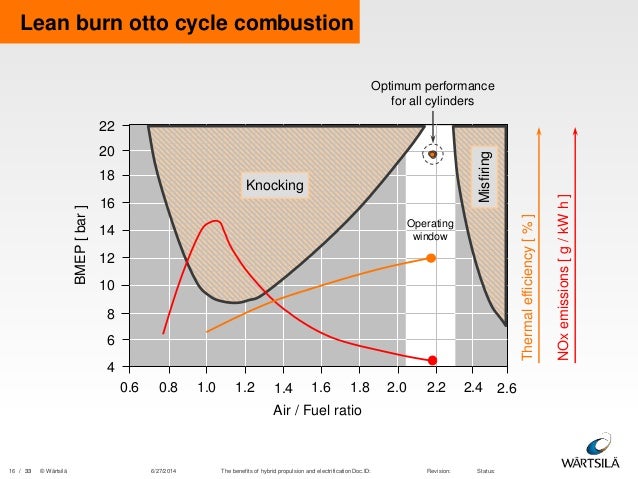Bandit1216 wrote: ↑28 Nov 2018, 08:47
.....
How do you mean "get away" with a high geometric compression ration? What would be the benefit?
If you have Late Inlet Valve Closing , after BDC, the effective compression ratio is lowered with some of the cylinder contents returning to the inlet tract.
A possible scenario would be that the injector, sited between the exhaust valves, is aimed across the spark plug/prechamber at the back of the hot inlet valves and fires just after BDC on the compression stroke. A rich mixture is forced out of of the main chamber into the inlet tract where it has time to mix into a more homogeneous mixture during the next 500° or so. Meanwhile the rich mixture around the prechamber is forced into it by the compression and the main chamber mixture is compressed and then ignited in the normal way. This would emulate, to some extent, port injection for the main
There would be a need for low or no overlap to stop the premix going straight down the exhaust, albeit there is a turbine there to make use of the fuel that does so.
Too fanciful?
Fortune favours the prepared; she has no favourites and takes no sides.
Truth is confirmed by inspection and delay; falsehood by haste and uncertainty : Tacitus


